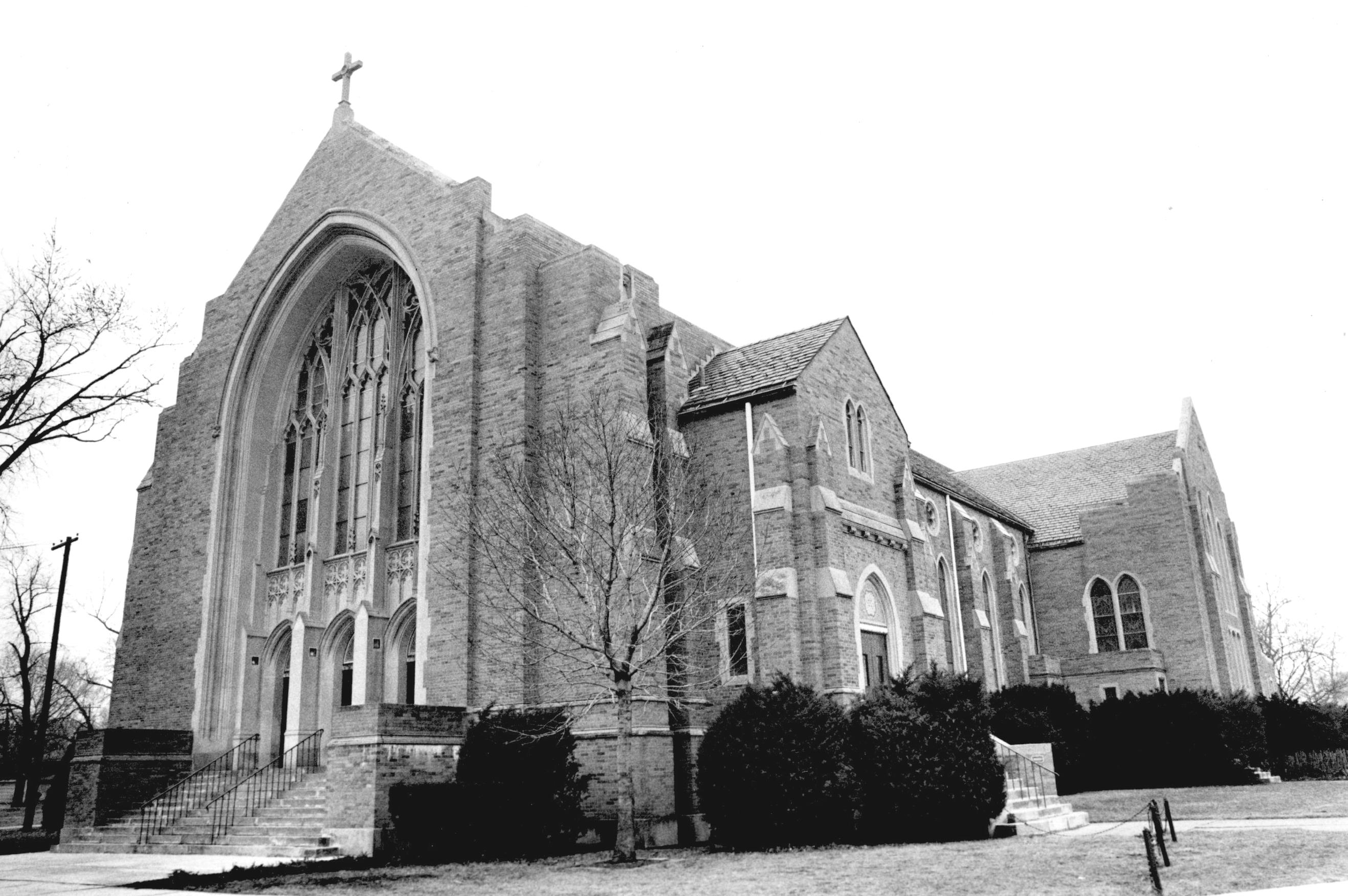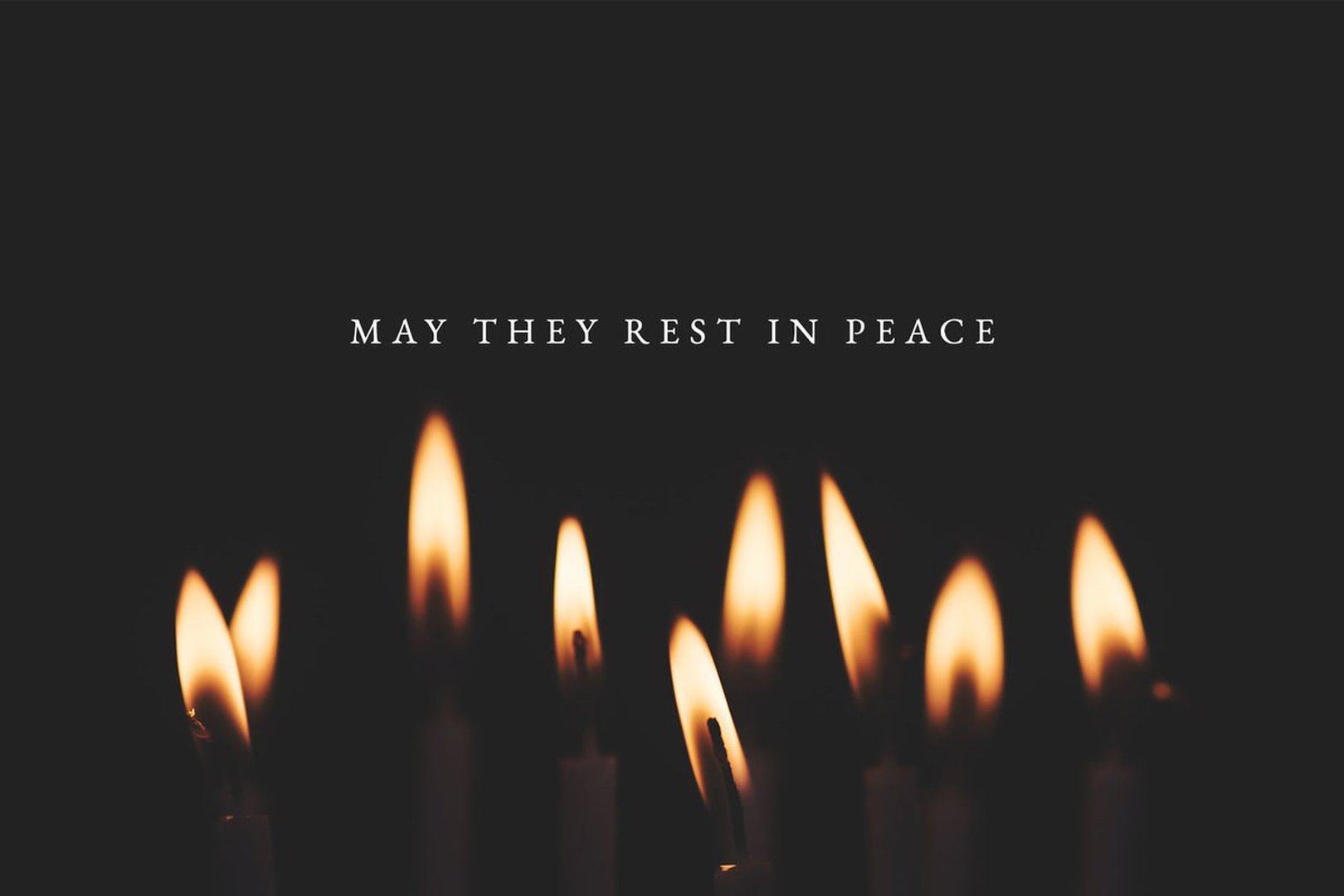DETROIT — “It was a great place to live.”
That refrain echoes down through the decades about the St. Martin of Tours neighborhood in the southeast corner of the city of Detroit.
It’s an area roughly bordered by the Detroit River, Jefferson, Clairpointe and Ashland; next door to Grosse Pointe Park. It's more commonly referred to as the Jefferson-Chalmers area.
St. Martin Parish was established in 1923. Some 400 kids were enrolled in the elementary school in 1924. Twenty-four seniors received their diplomas at the high school’s first graduation exercises in 1934.
Mass was celebrated, in the beginning, on the second floor of a furniture store while a wooden structure was being built. Then, on the second floor of the school building until a new church building was dedicated in the early 1950s at the intersection of Drexel and Averhill.
In its heyday in the 1960s, enrollment was about 800 in the elementary and high schools, about 900 youths attended CCD classes, 3,000-plus attended weekly Mass.
The high school closed in 1970, followed by the grade school the next year. The church was shuttered in 1989.
This cold, statistical framework will serve as a backdrop for the sixth St. Martin Neighborhood Reunion on Saturday, Sept. 7, at the St. Clair Shores Memorial Park (32400 Jefferson at Masonic). For more information, go to www.stmartinreunion.com or email smhcommittee@gmail.com.
The reunions have been held every three years since 2004.
“We had nearly 600 at the first couple of events,” says Pat Preston (class of 1965), a history buff who serves as spokesman. “We were down to 395 in 2016. We’re dying out.”
But not the memories.
Preston points out the reunions are not “parish only” events, but for the neighborhoods that he says were 75 percent Catholic and comprised predominantly Italians, Irish, French, Germans, Poles, Lebanese, and, after the Detroit riots in 1967, an influx of African Americans.
“We were our own little town,” says Preston, who lived there until 1970 when he married. “We rarely went north of Jefferson” which bustled with theaters, drugstores, dime stores, clothing stores, restaurants and banks, while neighborhood grocery and beer stores were located on side streets.
Neighbors knew one another — “and whose kid you were,” Preston says. “If I threw a snowball at someone, by the time I got home, my mother knew about it. Somehow, she knew.”
Preston lived just a block away from Ashland Street when, on Oct. 24, 1958, a British Royal Air Force jet crashed, killing the six occupants but, miraculously, no one on the ground.
“The explosion shook our house,” Preston says.
On Nov. 22, 1963, the pastor, Fr. Williams Henigan, shepherded the students into the church to tell them about the assassination of President John F. Kennedy.
Sports was the lifeline for kids, who spent morning until the street lights came on in the evenings on the playgrounds.
St. Martin High School’s sports history had a rather inauspicious beginning.
On Feb. 17, 1948, everyone cheered Dick Seagram when he scored 83 points in a game against St. Philip, a state record at that time. Now it’s fourth best.
The cheers turned to groans for the hapless basketball teams. Leading up to 1961, St. Martin lost 60 games in a row.
Fortunes turned around in the next decade. The basketball team won five state district titles in a row, and the baseball team won the 1962 Catholic League 2nd Division championship, 4-0, against Detroit St. Hedwig.
Misfortune returned seven years later. In 1969, favored St. Martin brought an imposing 25-1 record to the state Class C basketball finals against unheralded Marquette Bishop Baraga with its modest 12-10 record.
Jim Essian scored 24 points and grabbed 13 rebounds, but it wasn’t enough to prevent a crushing 68-53 defeat.
“Everything they threw up went in,” Essian remembers.
Coincidentally, both schools closed their doors in 1970.
Essian went on to a 46-year career as player, coach and manager in the majors and minors. He’s in his third season managing the Utica Unicorns in the United Shores Professional Baseball League that plays at Jimmy John’s Field in Utica.
Preston collected his share of awards playing football, basketball and baseball.
Particularly poignant, however, are his memories of the “awards” — “I must have a hundred stitches on my head” — earned playing hockey on the frozen canals.
A dozen canals feeding off the Detroit River are a distinctive feature of the St. Martin topography. This spring and early summer, due to the historic water levels on the Great Lakes and Lake St. Clair, those same canals are flooding streets and basements.
Mayor Mike Duggan issued a call last week for volunteers to fill and stack 50,000 sandbags along the river.
New memories for a different time.
Contact Don Horkey at dhorkey@wowway.com.










